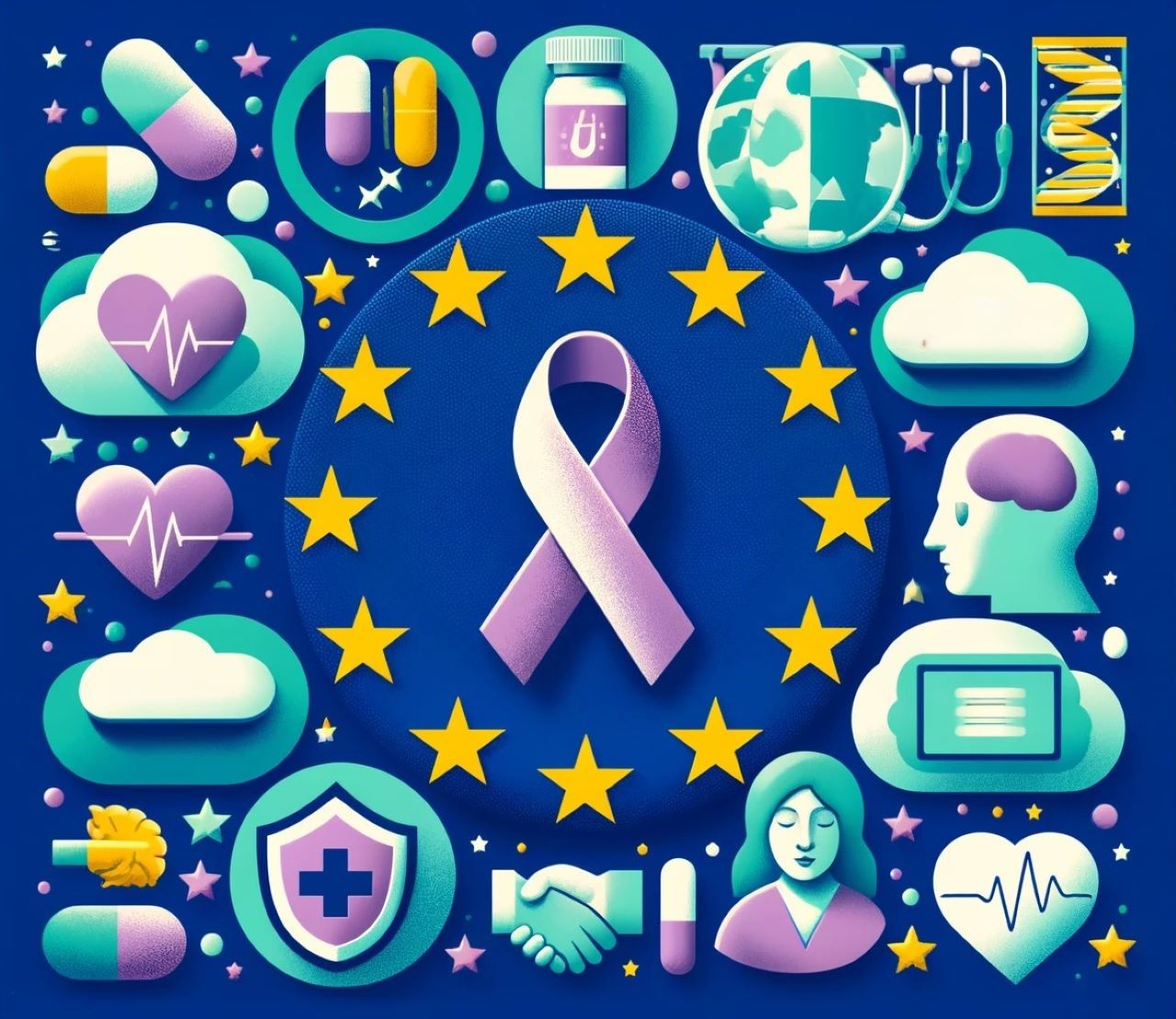Luxembourg, 2 October 2024
- Support through global health initiatives has increased considerably, while EU bilateral assistance to partner countries has decreased
- Auditors criticise cases of substantial management costs, and highlight shortcomings in the distribution of equipment and medicines
- Maintenance of donated equipment is inadequate, and keeping projects alive when external aid stops is challenging
The method for allocating EU aid to partner countries’ health systems has shortcomings, and the effectiveness of funded projects can be hampered by poor coordination and sustainability risks. This is the conclusion of a report published today by the European Court of Auditors.
The EU’s support for health in partner countries contributes to the EU’s main development-policy goal of reducing – and, ultimately, eradicating – extreme poverty, which can be both a cause and a consequence of insufficient health coverage. This support totalled over €3 billion in each of the two previous programming periods (2007-2013 and 2014-2020), and over €2 billion at the beginning of 2024 for the current period (2021-2027).Bilateral assistance to partner countries has decreased over time, while support through global health initiatives has increased substantially, also due to the COVID-19 response.
“We havefound several issuesin the funding provided by the EU for health systems in selected partner countries”,said George-Marius Hyzler, the ECA Member responsible for the audit. “EU funds should be used more effectively as a matter of urgency, in particular by improving the allocation criteria for funding, ensuring that management costs are reasonable, and addressing project sustainability”.
The auditors examined a sample of projects in Burundi, the Democratic Republic of the Congo, and Zimbabwe, also through on-the-spot visits. These projects covered areas such as the provision of free healthcare, the organisation of training for health professionals, and the reconstruction of health centres. The auditors identified that poor analysis of needs and inadequate coordination at district level sometimes resulted in empty shelves in clinics, or equipment being underused because intervention was duplicated. In some cases, despite multi-donor investment, medicines and vaccines were available only in small quantities, and essential items were out of stock for several months. Moreover, they found that intervention costs were impacted by a cascading structure of implementation (in most cases, implementing partners and subcontractors applied a management fee), which ultimately reduced the amounts available for final beneficiaries. The auditors recommend that this issue be addressed, since in some cases management costs werenearly twice as high as the amount allocated to certain categories of health intervention, such as maternal/child health and nutrition.
Health support projects are also at risk due to sustainability issues, the auditors note. For example, they could not find clear transition and exit strategies for the period after donor funding is scaled down. Beneficiary governments have insufficient budgetary resources and lack commitment, andtheir health systems remain dependent on international aid. Donated equipment is also not always adequately maintained, mostly because of absent or insufficient needs assessments (i.e. ancillary costs or services to keep it functioning) or poor equipment choices.
According to the auditors, the European Commission should further discuss health financing–including the use of domestic revenue and clear and realistic transition and exit strategies–with all stakeholders. It should also explore how to ensure that partner countries’ needs are better matched with the geographic allocation of EU health aid, and to rebalance the future allocation of funding between global initiatives, and regional and bilateral support for countries. The auditors also felt there was a visibility issue:they found thattargeted populations rarelyknew that aid was provided by the EU,inparticular when funds were pooled with other donors.
Full text of the ECA report
Related links
Source – ECA

